
All is peripheral in the place where I live – our house beside the path, beside the field, whose name on the 1847 tithe map, Townsend Meadow, marks the old town boundary of Much Wenlock. The town, itself, is very ancient, and only in recent times has it outgrown the frontier along Sytche Brook. It anyway has a more remarkable periphery than this – the edge of Wenlock Edge under which it lies.
I cannot quite see the Edge from my house, but I see the big sky above it: the dramatic false horizon that the wooded scarp creates, and thus the endless movement of weather along it. Hours can be wasted sky watching: the breezy march of clouds across our roof lights, the flush of hundreds of rooks from Sytche Lane wood, peppering the skyscape at dusk; their raucous cries, their enigmatic feats of aerial choreography.

That you cannot see the Edge from the town is something of a paradox given that its massive presence has shaped the place in so many ways, and not least in the fabric of its cottages, parish church and ancient priory. To get a proper glimpse you need to leave Wenlock – take the steep hairpin-cutting down to Shrewsbury, or the tree-lined road that strikes across the Edge top to Church Stretton, or else meander along the labyrinth of lanes beneath it. The villages down there have old world names – Church Preen, Hughley, Rushbury, Longville. Above them the wooded ridge bristles like a giant hog’s back – a long, dark spine nearly twenty miles in length. It is all unavoidably mysterious.

Photo: National Trust

Photo: Rushbury Village below the Edge
The limestone flanks have been dug into for centuries, creating vast gaping wounds. As you take the road over the top, there are dizzying glimpses through verge-side trees where the ground shears away. All the quarries are unworked now, but in earlier times, for a millennium and more they were the source of most of the area’s building stone.

Then there was the burning of limestone to make fertilizer – another important local industry. Lime is an essential additive to unlock the nutrients of the sticky clay soils that lie below the Edge. Today, you can still come upon the remains of many kilns on Much Wenlock’s outskirts. Once their fumes must have hung like an ill-smelling fog above the town.
But perhaps the most important use of Wenlock limestone – at least as far as the history of world technology is concerned – was the crucial part it played in the production of iron at nearby Coalbrookdale. This small Shropshire settlement, just across the River Severn from Wenlock, has been called “the birthplace of the Industrial Revolution”. It was here, in 1709, that the Quaker brass founder, Abraham Darby I, first smelted cast iron using coke instead of charcoal. Into his blast furnace went iron ore, coke and limestone, the stone to act as a flux and remove impurities that would compromise the quality of the smelted pig iron.
And this was only the start. It was in Coalbrookdale too, in 1779, that Abraham Darby III pulled off a monumental PR stunt to promote the family trade. He built the world’s first cast iron bridge across the River Severn at a place now called Ironbridge, and thereby spurred on huge innovation in construction techniques that spread around the globe – from cast iron garden seats and cannon to iron ships, railways and skyscrapers.

So it was that Wenlock limestone (from this now sleepy part of Shropshire) played its part in the great march to industrialisation.
In more recent times, only the quarry spoil has been used – crushed to produce aggregates for road building. It has been many years since Much Wenlock’s homes shuddered in a pall of white dust whenever the quarrymen were blasting, or the streets vibrated to the endless rattle of passing stone trucks.
Of course there are other sources of disturbance on our mediaeval thoroughfares – over-sized farm vehicles and garden fencing trucks. They pass by on the other side of my house, which is not so scenic, although interesting in other ways.
For instance when I’m standing in the kitchen eating toast, I might look up to meet the serially startled gazes of a tour bus party as their coach nudges past our windows, brushing hard through our privet hedge in order to wheedle a way past another HGV. It is the only way to do it on a road too narrow for two large vehicles to pass.

We locals amuse ourselves by taking photos of the trucks and buses that several times a day get jammed outside our homes. We send ‘the evidence’ to officers at Shropshire Council who shrug helplessly, quite unable to say what their predecessors were thinking when they upgraded a bottle-neck lane into an ‘A’ road. There’s nothing to be done, they say. It is hard to believe. One day, I tell them, a European mega-truck will drive down from nearby Telford and block the road forever. Then what will you do?
But for all the present day shove and shunt, there is still a sense of romance about the town and Wenlock Edge. Spirits from the past make their presence felt in all sorts of ways. Housman set the Edge in verse; Vaughan Williams rendered it in song; the explorer, Stanley, sat upon it, his dark heart brooding on his time in Africa as he surveyed the more benign Shropshire landscape below. Even Henry James and Thomas Hardy came visiting, James more than once, and it is said he worked on The Turn of the Screw while staying as guest of the Milnes Gaskells in the old Prior’s House. (When Henry James Came to Wenlock).
Then there is the Shropshire writer-poet, Mary Webb who spent her adolescent years living on the Edge at The Grange, and was well known about the town. When in 1949 her novel, Gone to Earth, was turned into a film by Michael Powell and Emeric Pressburger, some of the scenes were shot locally. In fact my neighbour tells me that one of the film’s extras used to live in our house, and that he was also the town’s projectionist. He would thus have shown Gone to Earth in the little town cinema that is now the museum, thrilled to bits as the scenes flickered on the screen: seeing himself and other townsfolk alongside Hollywood star, Jennifer Jones. (Jennifer Jones Comes to Wenlock).

But the Edge itself has far older stories than these. Back in the Silurian Age, some 430 million years ago, it was a tropic seabed, and in rare moments when my mind can embrace such vast temporal constructs, I imagine my house on the shore of the Silurian Sea. (A Solaris moment perhaps). Of course back then the ground on which my house stands was not even in the Northern Hemisphere.
No. Back then the earth’s landmasses were still on the move, shifting up the globe from the South Pole. The English Midlands and Welsh borderlands, that I think I know so well, lay 15 degrees south of the Equator in what is now the Indian Ocean. They were part of the micro-continent of Eastern Avalonia that in turn bordered the Iapetus Ocean.
And so while Shropshire lay somewhere off Mozambique, the world warmed and the Ordovician ice caps melted, the low-lying lands filled to become the Silurian Sea. I like to imagine that, after living in East Africa for seven years, returning to settle in Much Wenlock is, in some convoluted sense, a return to the place where I was. It has a feeling of alchemy about it, and time travel, that lessens the loss of Africa.
Our much travelled escarpment is understandably a fossil hunter’s paradise and, as such, is the most famous Silurian site in the world. In its seaside days, warm, shallow waters were home to sea lilies, corals, multi-radiate starfish, trilobites, gastropods, brachiopods and fish. Indeed, somewhere over my garden hedge, there may have been some reef lagoon that hosted ammonites, squid and, horrifically, water scorpions five feet long.
My house is of course composed of these Silurian deposits, dug from those vast quarries along the Edge. I thus inhabit a re-purposed fossil seabed. There are crinoid stems and corals in the chimney-breast, all belonging to an age before the birth of amphibians or dinosaurs, or before there were mammals and birds in the world.

While I can easily picture my house on a flat, gravelly shore beside a teeming shallow sea, it is hard to conjure the great absence of earth-life. We might easily imagine that the terrestrial world would have been a very quiet, still place, but this, I gather, would be a grave misconception. The land may have been lacking in life forms, but there was instead a perpetual wind. And because the paucity of land life meant there was little with which to bind the earth’s surface, the Silurian seashore would have been a dreadful place of roaring sandstorms and lashing gravel.
Not so now. Today, the farmland that surrounds the town is lush and homely. It has sheep and cattle, arable crops and pasture, woods and thickets, the old quarries and sundry ruins, remnant green lanes and farm cottages. There are deer and rabbits, foxes and rodents and also, as far as the town’s allotment owners are concerned, far too many birds. That said, though, it is good to hoe and dig to the mewing of buzzards, and cawing of rooks.
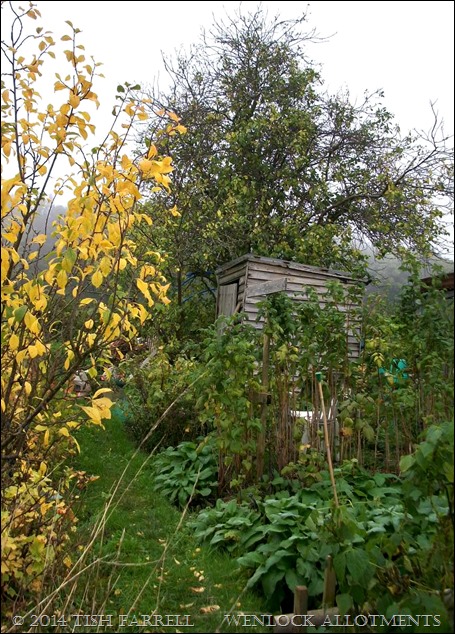
Most of the land within the town boundary, and this includes Townsend Meadow behind our house, is still feudally owned and tenanted. It is within these little bounds of landowner imposition that the small market centre has grown up and been continuously lived and worked in for the last thousand years.
It is probable, though, that the first human settlement took place a few millennia earlier than this. Perhaps the first Wenlockians were Bronze Age Celts who, as venerators of water, would have been drawn to the many springs that rise below the limestone escarpment. The Celts were also skilled metal workers, and Wenlock Edge would have provided a natural, upland byway for itinerant smiths and metal traders going to and from the mineral-rich hills of Wales. Certainly Bronze Age hoards have been found in and around the nearby River Severn which, through many ages, was one of the country’s busiest inland trade routes.
There is certainly evidence for Roman settlement in the town – a large villa on the site of the Priory, and one which apparently had its own Romano-Christian chapel.

Water, and sacred water at that, is another of the themes that runs through Much Wenlock’s settlement history. The town has many holy wells, including ones dedicated to St. Milburga and St. Owain. Milburga was a Saxon princess, who in 680 AD became abbess of a monastery for both monks and nuns, founded here by her father, King Merewald of Mercia. The monastery was built near the site of the Roman villa, perhaps chosen because of its already Christian associations. The invading Saxons established their authority by building chapels and monasteries. Later, the invading Normans did the same, but on a grander scale.

The Benedictine priory that succeeded the Saxon abbey in 1079 (and whose remains you see here) was part and parcel of the Norman master plan to control all aspects of Saxon life. Much Wenlock’s age-old reputation for holiness guaranteed that the local Norman earl, Roger de Montgomery, would choose the town for a big demonstration of power and piety. He invested heavily in the priory that was to become one of the most imposing religious houses in Europe. To ensure its future prosperity, all that remained was to annexe St.Milburga’s reputation for miracles, in particular her ability to strike holy springs from the ground. A new shrine was built to honour her sanctity, so ensuring a steady influx of pilgrims and traders throughout the Middle Ages.
Roll forwards a few centuries and the town has another claim to fame, one that has significance to all of us today. In 1850 the town’s physician and apothecary, Dr William Penny Brookes (1809-1895) founded the Wenlock Olympian games that were to become the driving force behind the modern Olympic movement. Brookes fervently believed that exercise brought moral, physical and intellectual improvement to all who took part in it. He was a campaigner of national standing, and responsible for the introduction of physical education into British schools.
His ideas spread, and in 1890 when Baron Pierre de Coubertin came to see the Wenlock Games for himself, Brookes shared with the young man not only his visions for everyone’s health and welfare, but also his wealth of experience from running the Games. He even designed and had made at his own expense wonderful medals for the winning competitors. Sadly, he did not live to see the first modern international Olympics in Athens in 1896, although De Coubertin did give him due credit as the inspiration behind the modern Olympic Games. Tribute was also paid to his home town in the 2012 Olympics when ‘Wenlock’ was the name chosen for one of the mascots. I hasten to say that this strange, one-eyed being bore little resemblance to any living Wenlock resident.

The Linden Field ,where Brook’s Olympian Games first took place, is now a public park, bequeathed by a former feudal worthy for the pleasure and recreation of the people of Much Wenlock. Every July the Games are still held here, and with competitors from all over the world.
The field is only a step from my house, and I sometimes toy with idea of running down the avenue of lime trees that Dr. Brookes planted there 150 years ago. Musing on his notions that exercise breeds mental and physical improvement, I think the activity might relieve the creative doldrums, spur on the story-telling process, help me escape the peripheries, and finally get some work done.
Of course one of the hazards of being a writer, apart from devising ever new means of diversion and prevarication, is the hoarding of story ideas. Like the Silurian seabed, they go on accreting: stuff and more stuff, piles of notes and scribble and memory sticks slowly compacting on every surface in my office. Hopefully they do not enfolding anything as alarming as a five foot water scorpion. And now that I’ve conjured this monster, I rather wish I hadn’t, although you never know: there’s maybe a story in it.
© Tish Farrell 2014
Afterthought:
I wrote the first version of this blog’s first post as the means of showing what ‘Writer on the Edge’ was about, namely the importance of evoking place (at least in some sense) in all creative writing. It is also a portrait of the place where I live and think; it is the edge on which I reside both physically and metaphysically. For although I lived in Africa for some years, Shropshire is where my roots are. At least I think this is the case. Once you have lived in foreign places for a time, it is often hard to know where home is.
*Historical source: Vivien Bellamy A History of Much Wenlock, Shropshire Books, 2001
Related:
When Henry James Came to Wenlock
Jennifer Jones Comes to Wenlock
Songs from and Inland Sea: “On Wenlock Edge”
Old Stones of Wenlock: Repurposing the Silurian Sea
#WenlockEdge #Shropshire #TishFarrellWriter #HenryJames
 N.B.: use only the brightest and the best tomatoes, and not too many.
N.B.: use only the brightest and the best tomatoes, and not too many.





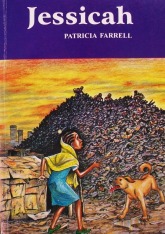







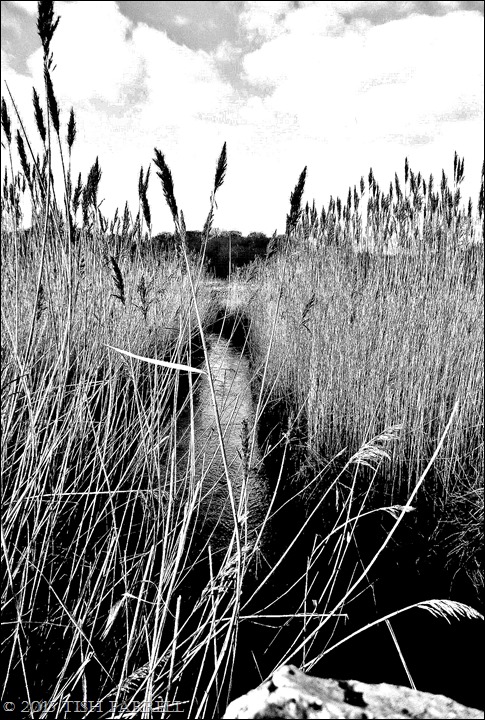







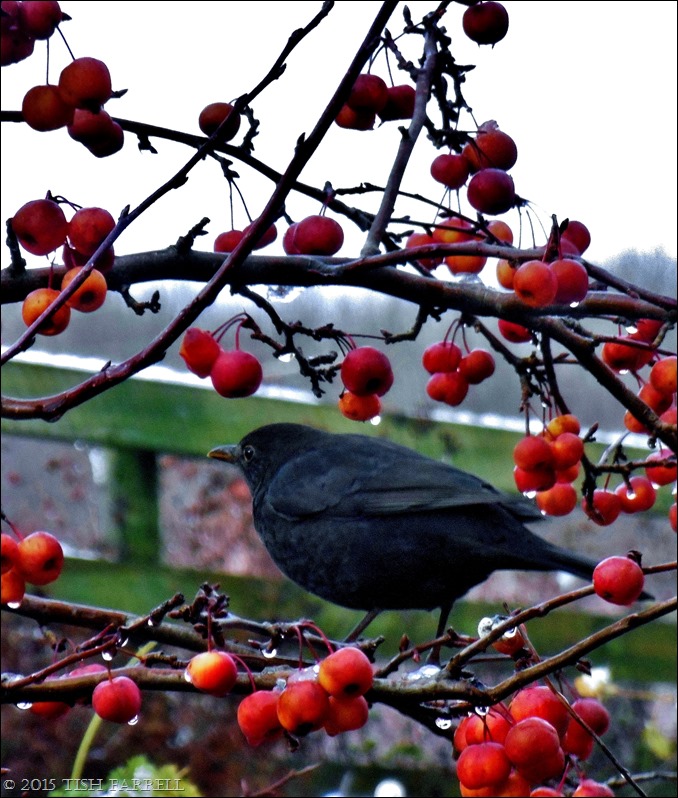
![Losing Kui -Final[1] Losing Kui -Final[1]](https://tishfarrell.files.wordpress.com/2015/01/losing-kui-final1.jpg?w=164&h=240)

















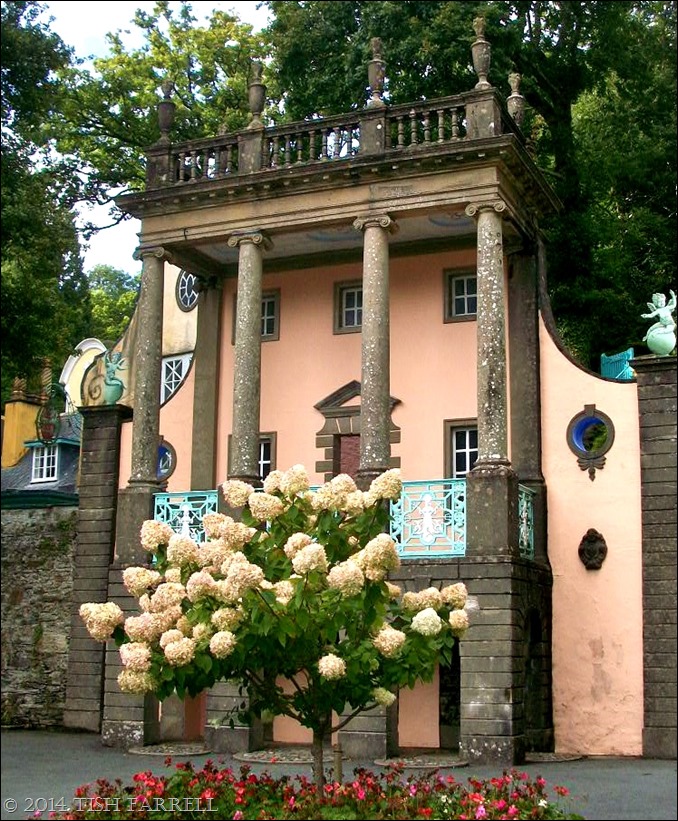











![Im19190726ILN-Idris[1] Im19190726ILN-Idris[1]](https://tishfarrell.files.wordpress.com/2014/10/im19190726iln-idris1_thumb.jpg?w=677&h=460)



